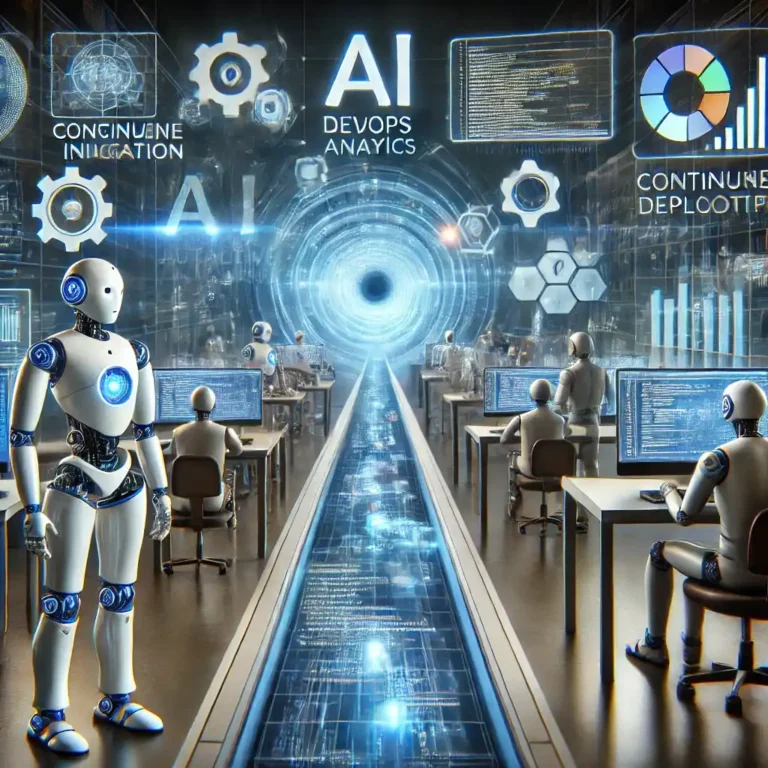Content Creation Innovating with Integrity Find Now
The incorporation of the Large Language Models (LLMs) with AI has changed the way we create content. It provides new and exciting ways to generate text, videos, and music. All this comes with some challenges too. We have to be sure about the originality and fairness of the content.
The Originality Risk
The most crucial aspect of generating content with AI is its originality. AI works by analyzing vast amounts of data, so there is every chance it may replicate the phrases and ideas of others. This replication can cause serious concerns in the fields of marketing, journalism, and academic writing.
How to Address the Originality Risk
Creators must be truthful and clearly state the use of AI in the generation of content. Being honest is helpful in building trust with readers and viewers. Apart from being honest, there are many tools available like Turnitin and Copyscape. These tools can spot the similarities between AI-generated content and already-existing content, which reduces the chances of plagiarism.
Example: A teacher may write a research paper for a journal. But he should check its plagiarism to make sure he is not copying data from other sources unknowingly.
AI vs. Human Creativity
Human creativity is very important in content. AI has the capability to create content rapidly but it cannot replace humans in terms of unique ideas and personal touch. As AI is getting involved in most of our work, are we losing the individuality and originality of ideas that come from humans?
How to Address It
AI should help humans to enhance human creativity not replace it. For example, a writer might use AI to help generate content ideas for his book. It should not be completely focused on AI-generated content but should also reflect the voice and style of the writer. AI can automate tasks but humans should always have the final say in the tone and direction of the content.
Example: Bloggers do use AI tools to generate content. However, they should refine the content and add personal insights and style before publishing.
Tackling Bias
AI learns from the data it is trained with. If the data used for its training is biased, this bias will be reflected in the content too. Advertising content generated with AI may exclude certain groups of people and can give biased perspectives. This bias can be problematic.
How to Tackle Bias
AI systems should be trained on different data sets, which will make the generated content unbiased. On the other hand content creators should audit AI-generated content to make sure it does not have any bias.
Example: If a brand wants to create content for its social media, it should make sure the language used is inclusive and targets the required geographical location.
Clarity and Disclosing
The readers or viewers may not be aware of the source of generation of the content. The creators must be clear and should disclose the source of the content. If they do not do so the readers or viewers may feel deceived which can lead to issues of trust. This clarity and disclosure is particularly important in news, articles, or political ads.
How to Address Clarity and Disclosure Issues
The best solution is to clearly state and disclose the generation of content with AI. Creators can add a small note in the post or article like “Powered by AI” or “AI generated”. This transparency will help to maintain the trust of readers or viewers.
Example: Bloggers can label their blog, which is created with the help of AI tools. This will give the readers a clear idea about the origin of the blog.
Deepfakes and Manipulation of Content
Deepfakes and content manipulation are a great cause of concern. AI can be used to create deepfakes and manipulated videos, or audio. This can be used to spread misinformation related to someone, create fake news, or harm someone’s reputation.
How to Address It
There are tools available to detect deepfakes and manipulated content. Creators should use and apply these tools to verify the authenticity of AI-generated content. If deepfake technology is used for entertainment purposes in movies or shows. Creators should disclose it clearly and get consent from involved parties.
Example: Many social media platforms including X and Facebook are using AI to detect and flag deepfake videos. This helps to minimize the spread of fake and misinformation.
AI for Accessibility
AI can make content more accessible for disabled people. AI-powered tools can generate captions for videos, translate content into other languages, and convert text to speech. However, the ethical and inclusive use of these tools is very important. AI tools should be designed in such a way that makes content accessible to individuals with disabilities by providing accurate captions and by making text-to-speech tools easy to use and understand. Creators also inform the readers or viewers about such features and mention the use of AI-generated subtitles or descriptions.
Example: YouTube generates captions automatically for its videos. This makes them understandable for people having hearing problems.
The Future of Ethical AI in Content Creation
As AI technology is evolving, we will see more advanced tools. This advancement needs continuous ethical standards. It is very important to create guidelines around how AI can used to get maximum advantage in a responsible way.
- Clear ethical guidelines should be created by Governments and organizations for the use of AI in content creation. These guidelines should incorporate transparency, bias, and accountability issues.
- All the stakeholders involved in content generation with AI need to be educated about its ethical implications. So they can make informed decisions.
Remarks
AI is changing the ways content is created by providing new ways to generate ideas, content, and engagement. But there are ethical concerns as well which need to be addressed. There must be a great focus on originality, transparency, inclusivity, and bias prevention. By having a keen focus on these we can make sure that AI is used as a tool to increase human creativity. In the end, it all depends upon us to make sure we use this in a responsible, ethical, and fair manner.







One Comment